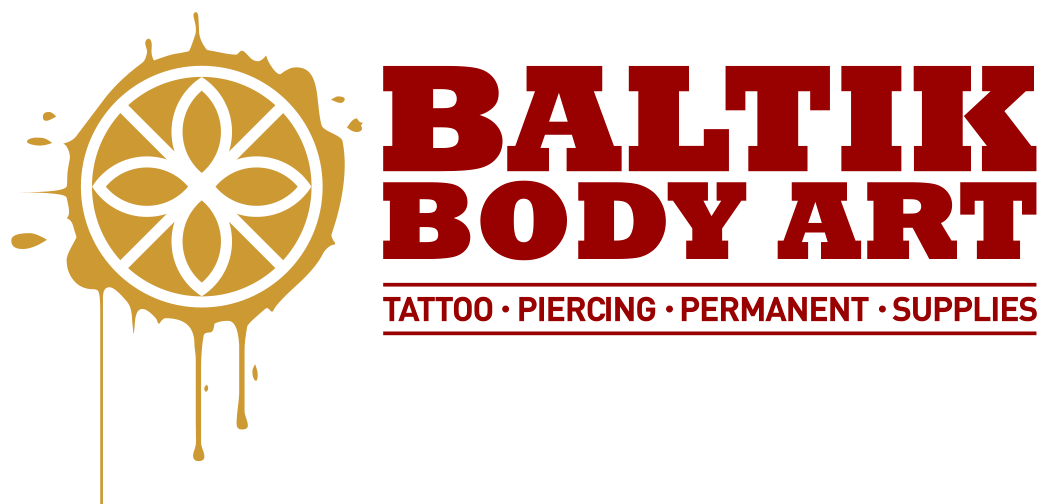settings_phone
I-V, 9.00 - 17.00
+370 671 76491
When performing permanent makeup – known by abbreviation PMU – comfort is essential for both the client and the artist. Although it is a cosmetic procedure, it can be painful due to the use of needles. Therefore, ‘Baltik Body Art’ has carefully selected a collection of anesthetics that will ensure a painless and smooth permanent makeup experience. Our range includes high-quality lidocaine creams, sprays, numbing gels and other local anesthetics for use before and during the procedure.
As PMU procedures usually take longer than an hour, it is common to combine these 2 types of anesthetics:
- primary – used before the procedure (on intact skin to numb the area);
- secondary – used during the procedure (once the skin is broken).
When primary numbing wears off, a secondary formula is applied, which works faster and more intensely.
2 types: local anesthetics and pain relieving sprays
Local anesthetics typically come in the form of creams or gels and are applied to the surface of the skin before the PMU procedure. These anesthetics contain painkillers such as lidocaine, prilocaine or tetracaine which temporarily block pain signals in the skin. Local anesthetics effectively reduce sensitivity at the targeted area and are widely used during various PMU procedures. Local anesthetics usually take 15-30 minutes to become effective and provide pain relief for one to two hours.
Pain relieving sprays are typically designed to alleviate discomfort during the PMU procedure, particularly when local anesthetics cannot be applied to the damaged skin. They quickly and precisely numb the targeted area, minimising any discomfort during the tattooing or pigmentation process, and are especially convenient to use. What is more, pain relieving sprays begin working within just one minute and often contain epinephrine which also helps reduce bleeding.
What components to look for in anesthetics?
Both types of PMU pain relievers contain lidocaine as the main ingredient. It is a particularly strong anesthetic, so logically, the higher concentration of lidocaine in the preparation, the stronger the effect will be. However, make sure PMU pain relievers contain at least 4-5% lidocaine to ensure that the area will actually be numbed.
In addition to lidocaine, many preparations also contain tetracaine and benzocaine. Because people can react differently to pain and medication, it’s ideal if the cream formula contains all three listed ingredients.
As mentioned before, the preparations used during the procedure often contain vasoconstrictors, typically epinephrine. This ingredient helps reduce bleeding, redness, and swelling of the skin during the PMU procedure.
Before purchasing an anesthetic, carefully analyse its composition – make sure that it does not contain ingredients that can cause skin irritation or even an allergic reaction.
Which formula to choose for a specific procedure?
Some formulas are thicker and oilier, while others have a gel or even liquid, watery consistency. Your choice depends not only on your preferences, but also on the procedure being performed.
- For eyebrow procedures choose creamy and oily anesthetics as they effectively soften the skin, making it less tight.
- Liquid anesthetics that could potentially get into the client’s eyes should not be used for eyeliner. Instead, look for a formula that is thick and pH neutral to protect the client’s eyes from irritation.
- Anesthetizing the lips is quite challenging as the surface of the lips is naturally wrinkled. The pain-relieving cream may not get into the wrinkles, leaving sensitive areas on the lips, therefore, it’s recommended to stretch the lips well when applying anesthetics.
FAQ
Why are anesthetics used in PMU procedures?
During PMU procedure, anesthetics are used to ensure that the client is feeling comfortable during the session. Since pigments are injected into the skin using needles, the procedure can be unpleasant and painful, unless anesthetics are used to reduce this discomfort.
What types of anesthetics are commonly used in PMU procedures?
There are two types of anesthetics commonly used in PMU: local anesthetics, which typically come in the form of creams or gels, are applied before the procedure to numb the surface of the skin, while pain relieving sprays provide quick relief during the session. The choice between these options often depends on the preferences of the artist and the client’s needs. Some artists use a combination of both anesthetics for the best results.


